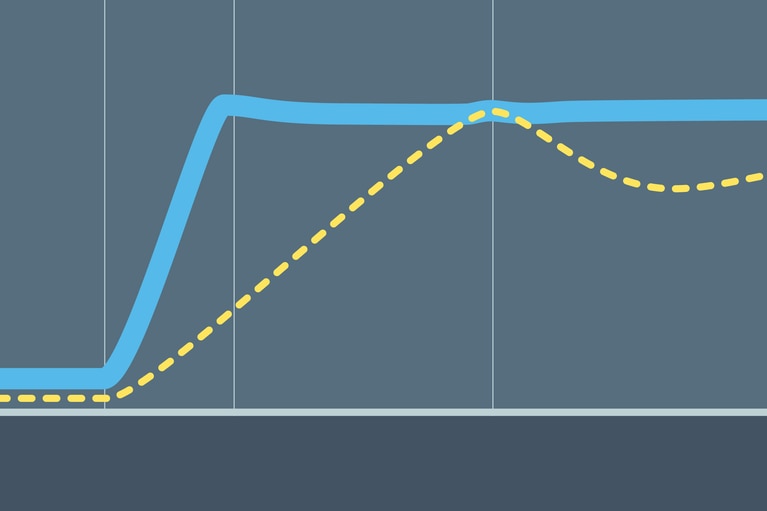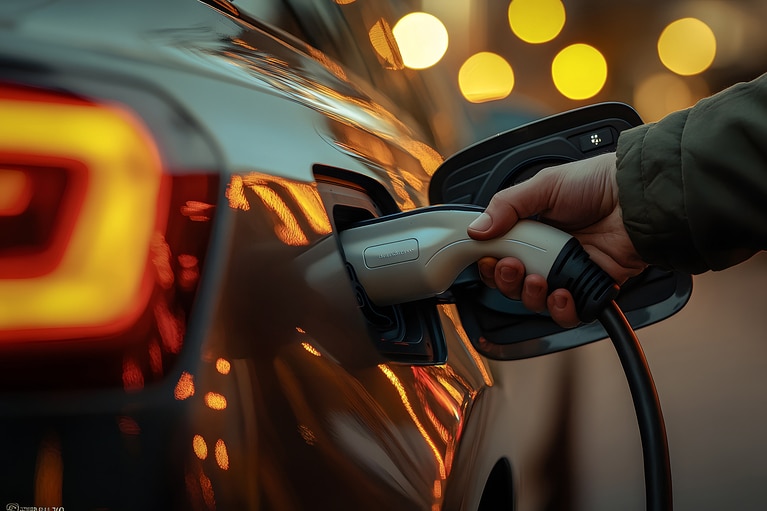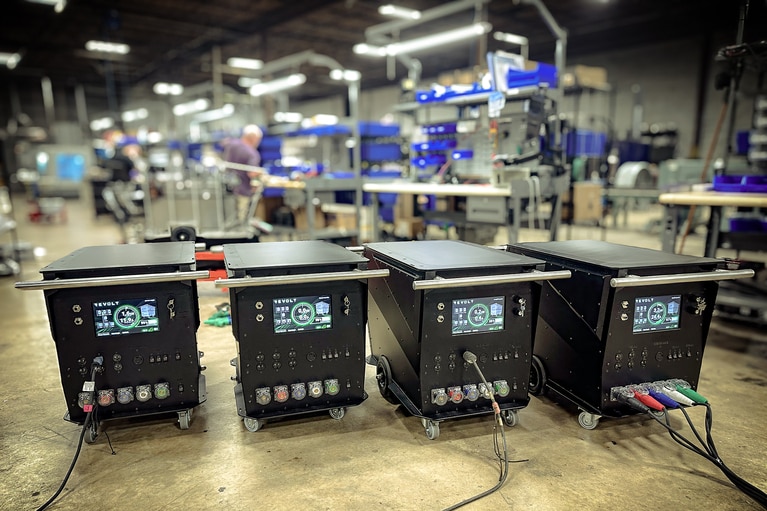
Bidirectional power and transient speed enable scalable active suspension
Sine Amplitude Converter™ modules offer a unique combination of bidirectionality and transient response to unlock new possibilities for active suspension
Electrifying automobiles is the toughest power challenge of our time. How are high density power modules changing the landscape? Listen to the podcast.
Podcast with Greg Green, Director of Automotive Marketing
In this episode of Inside Electronics, Greg Green, Director of Automotive Marketing at Vicor, talks about the importance of sophisticated and efficient power systems in the next generation of electric vehicles (EVs) and the related charging infrastructure.
Today’s EVs are seemingly at the center of every developing technology, from AI to wide-bandgap semiconductors. In turn, the supporting power electronics must be as advanced as the systems they’re driving.
The development of vehicle electrification solutions has accelerated the evolution of automotive systems design. Solutions brought to industry that increase the power required to operate the vehicle will thus influence how designers source power for various in-vehicle systems.
Bidirectional power and transient speed enable scalable active suspension
Sine Amplitude Converter™ modules offer a unique combination of bidirectionality and transient response to unlock new possibilities for active suspension
Delivering improved peak power and dynamic transient response to unlock lighter, more powerful EV architectures
With each passing year, electric vehicles (EVs) on the market are becoming increasingly reliant such as steer-by-wire, brake-by-wire and active suspension.
Addressing the AI power challenge in data center
With GPU servers drawing more and more power, the challenge is to provide this increased power capacity with minimal loss, noise or downtime. Learn more
Helping Hollywood fulfill its green ambitions
ReVolt is the cleaner, greener solution to the massive fossil fuel burning generators used on movie sets today. Learn how Vicor is helping ReVolt



